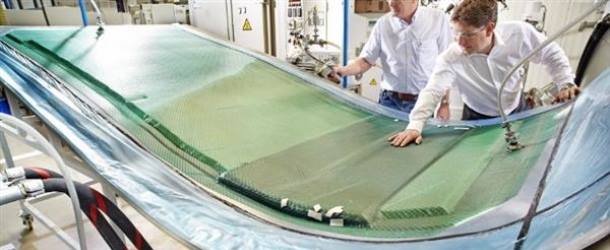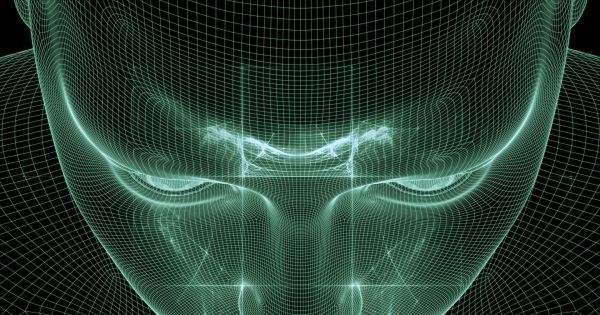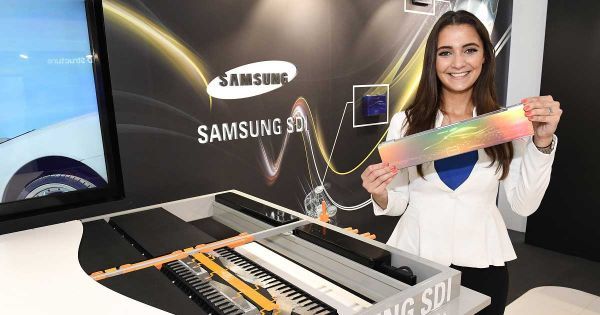A new microSD card delivers far more storage than previously available, with support for full HD videos and photos.



(3Ders.org) The rapid advance of 3D printing technology means that hybrid-material wind turbine blades complete with metal mesh inserts are no longer the stuff of imagination. These energy savers with “sci-fi-level” performance could become reality in as soon as two years. Philip Totaro of Totaro & Associates, “The greatest challenge for wind turbine blade structural and manufacturing engineers is to implement the idealized performance and noise mitigated designs of aerodynamics engineers,” explains Totaro. “Limitations of previous generations of manufacturing technology and the reliance on lower cost materials have limited the type of spar/shear web structures which could be utilized.” But 3D printing could be about to change all that, Totaro says.

The Facebook AI lab has developed an animated bot that learned to respond naturally to human facial movements during conversation, so much so that volunteers rated its reactions as natural as a human’s.
Most of us are able to intuitively understand human facial expressions: in conversation, millions of tiny muscle movements change our eyes, mouth, head position and more to signal to our fellow humans what we’re thinking. These unconscious movements are what make us human, but they also make it exceptionally difficult for robots to imitate us — and make those that try seem creepy, as they enter the “uncanny valley.”
But once your car starts to get older, the speakers start to fade. Worse yet, they might buzz against a loose panel in your door, causing a distinctly un-rocking rattle every time the bass comes in. But a new design from Continental actually uses those vibrating door panels to great effect, and could simultaneously make car speakers obsolete and cut down on the weight of our cars in the very near future.
Scientists at Tufts University were able to graft eyes to the tails of blind Xenopus, giving the tadpoles the ability to detect colors, focus on objects, and consistently follow patterns.
In a breakthrough for regenerative medicine, researchers have developed working eyes attached to the tails of blind Xenopus tadpoles. The tadpoles were able to process visual information from their environment upon the augmentation, helping scientist understand the process of promoting innervation (a part of the body’s nerve supply) in regenerative medicine.


At the Frankfurt Motor Show (IAA Cars 2017) in Germany earlier this week, Samsung SDI — the battery-focused division of Samsung — unveiled a new multi-functional battery pack capable of increasing the current range of electric vehicles. As explained by the Korean company, the battery enables cars to go between 600–700 kilometers (372−4343 miles), provided the right number of modules are installed.
“Its users can change the number of modules as they want as if they place books on a shelf,” says Samsung. “For example, if 20 modules are installed in a premium car, it can go 600 to 700 kilometers. If 10 to 12 modules are mounted on a regular sedan, it can run up to 300 kilometers. This pack is expected to catch the eyes of automakers, because they can design a car whose mileage may vary depending on how many modules of a single pack are installed.”
Electrek explains that automakers like Nissan and GM have been using prismatic cells in their battery packs. Samsung SDI began developing new “2170” cylindrical cells earlier this year, following the footsteps of Tesla, which was the first to do so with their “2170” battery cell.
